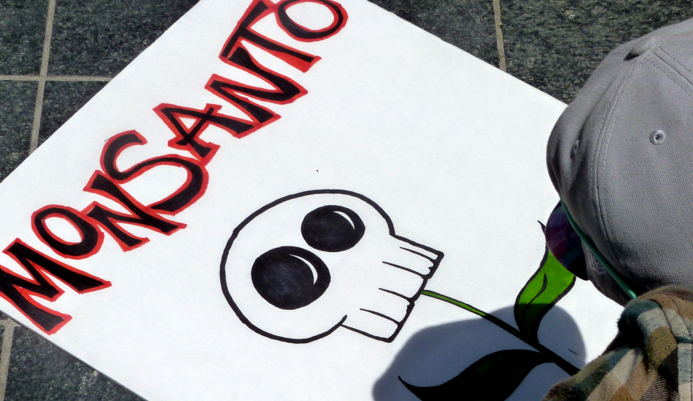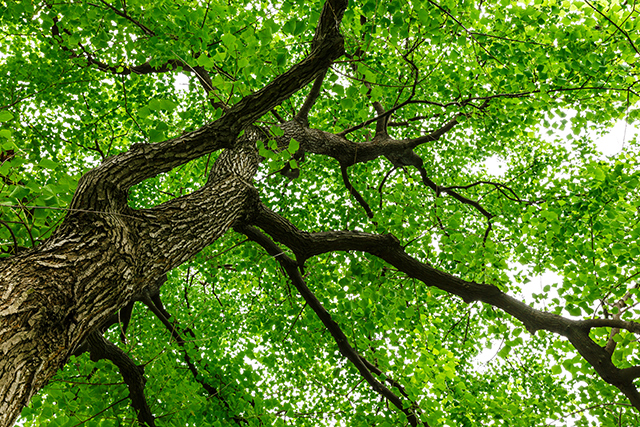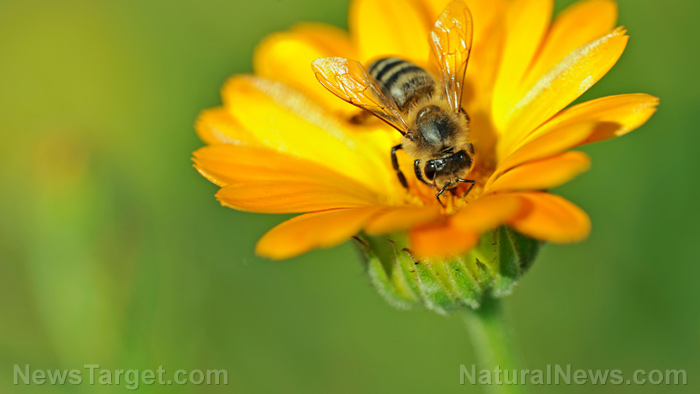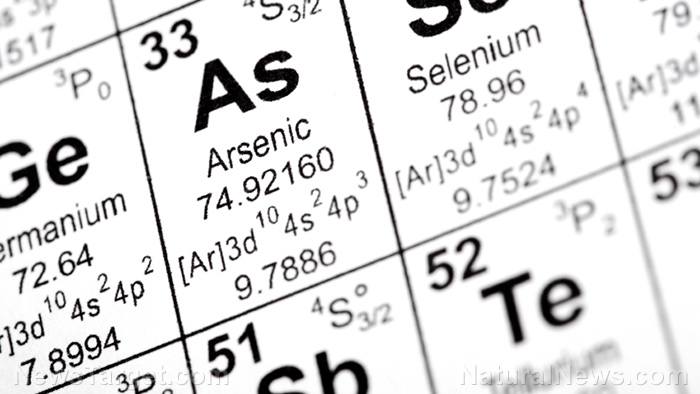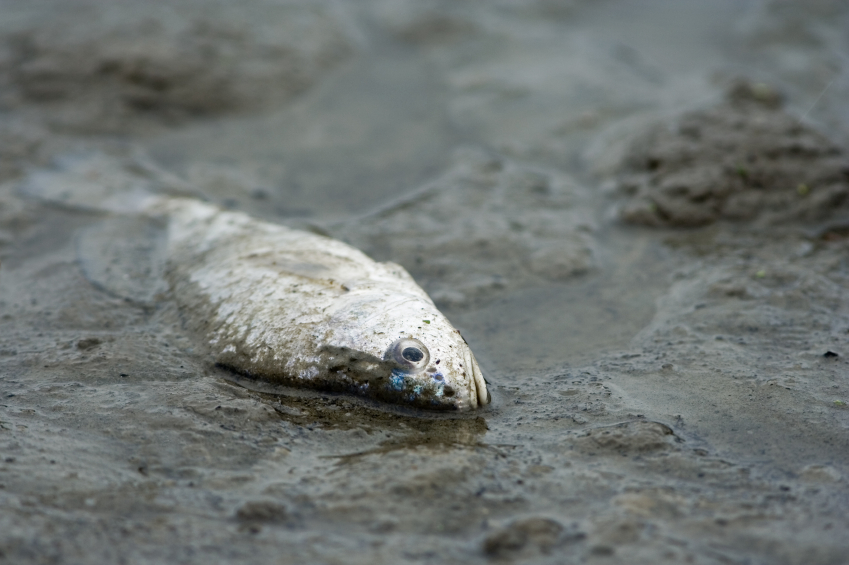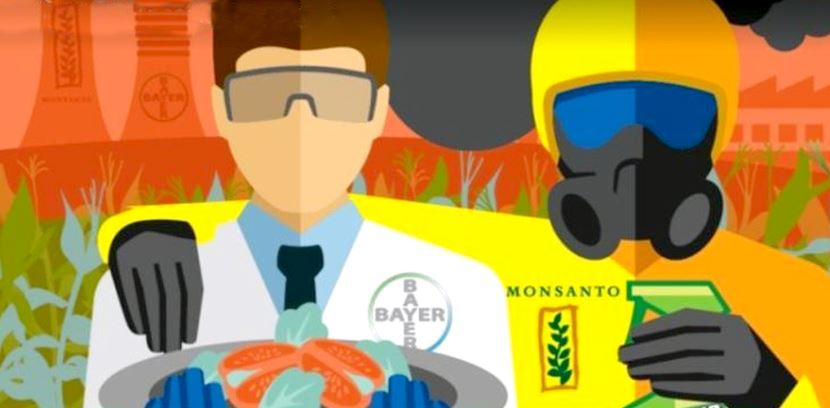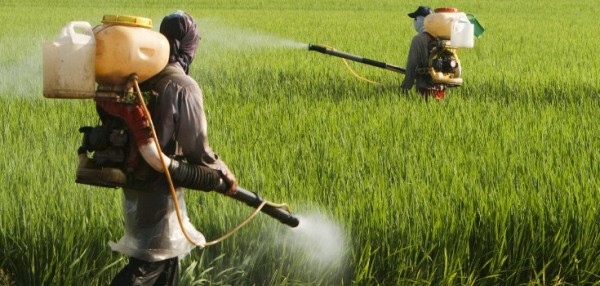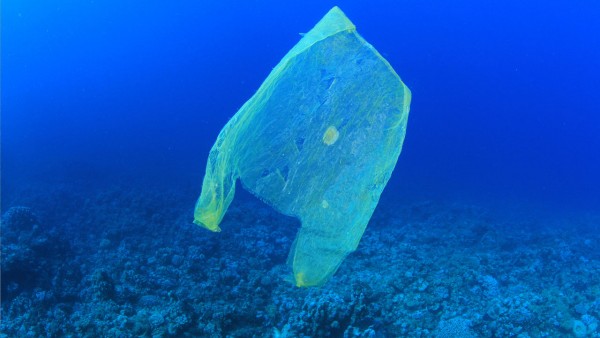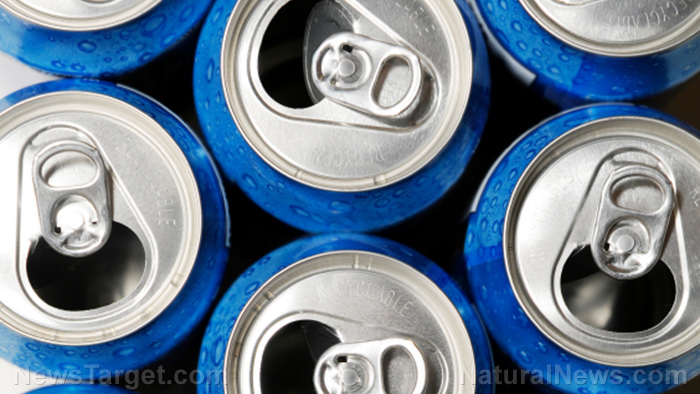Metolachlor – toxicity, side effects, diseases and environmental impacts
11/23/2017 / By Janine Acero
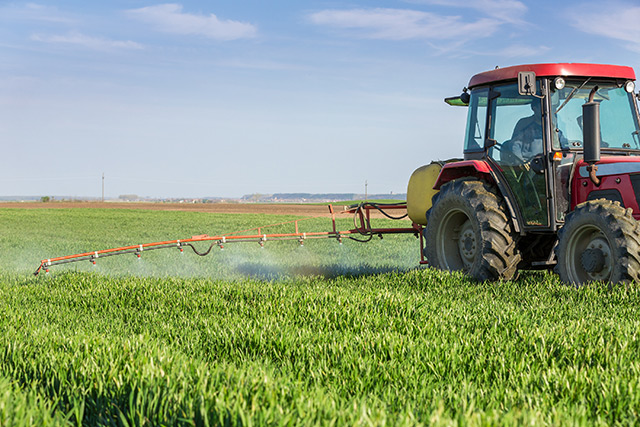
Pure metolachlor is an odorless, off-white to colorless liquid. It is an organic compound used as a pre-emergence herbicide. It controls certain broadleaf and annual grassy weeds in field corn, peanuts, potatoes, pod crops, cotton, safflower, stone fruits, nut trees and woody ornamentals.
Metolachlor inhibits protein synthesis, which makes high-protein crops like soybeans prone to adverse affects by excessive application. Additives may be included in product formulations to help protect sensitive crops such as grain sorghum from injury.
Trade names for products containing metolachlor include Bicep, CGA-24705, Dual, Pennant, and Pimagram. Metolachlor may be used in formulations with other pesticides including atrazine, cyanazine, and fluometuron.
In formulations, metolachlor’s color ranges from opaque white to tan. Metolachlor is a combustible substance and is insoluble in ethylene glycol and propylene glycol.
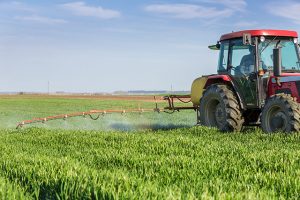
List of known side effects metolachlor
Metolachlor may cause mild to moderate skin irritation, based on animal tests. The compound is also fatal if inhaled. In severe aspiration, respiratory tract irritation can progress to acute respiratory distress syndrome (ARDS) or acute lung injury.
Ingestion of metolachlor or any caustic chemicals can cause burning of the esophagus or gastrointestinal tract and abdominal cramps.
Other side effects of intoxication by metolachlor include:
- Abdominal cramps
- Anemia
- Ataxia
- Collapse
- Convulsions
- Corneal opacity
- Cyanosis
- Dark urine
- Dermatitis
- Diarrhea
- Dizziness
- Dyspnoea
- Eye and mucous membrane irritation
- Hypothermia
- Jaundice
- Nausea
- Nephritis
- Shock
- Sweating
- Vomiting
- Weakness
The cancer classification for metolachlor according to the PubChem database is “Group C Possible Human Carcinogen”.
Body systems affected by metolachlor
Many chemicals cause irritation of the eyes, skin, and respiratory tract. Severe cases may lead to central nervous system depression, liver damage, cardiovascular failure and reproductive effects.
Items that can contain metolachlor
Metolachlor controls broadleaf and annual grassy weeds in field corn, peanuts, potatoes, pod crops, cotton, safflower, stone fruits, nut trees and woody ornamentals.
Products using metolachlor as an active ingredient include:
- Dual
- Bicep
- Pennant
- Pimagram
How to avoid metolachlor
Observe the following safety measurements before occupational handling, mixing and application of metolachlor:
- Wear protective gloves. Rinse and wash skin with water and soap in case of skin contact.
- Wear chemical-resistant goggles. If the substance gets into the eyes, rinse with plenty of water for several minutes (remove contact lenses if applicable), then refer for medical attention.
- Do not eat, drink, or smoke during work. Always wash hands before eating. In case of accidental ingestion, give one or two glasses of water to drink, then refer for immediate medical attention.
Metolachlor is known to be very toxic to aquatic life with long lasting effects. Do NOT let this chemical enter the environment. Collect leaking and spilled liquid in covered containers, then store and dispose of according to local regulations.
Keep this substance separated from food and feedstuff in well-closed containers.
Where to learn more
- Government study finds toxic Roundup herbicide in 75 percent of air, rain samples
- Strontium, PFOA and toxic chemicals found in one-third of U.S. water supply
- EWG Study Finds Hundreds of Pollutants in Nation’s Drinking Water
- Hawaii’s Department of Agriculture sued for dumping hazardous pesticides into waterways
- Pesticides continue to contaminate US streams, USGS report says
Summary
Metolachlor is an odorless, off-white to colorless liquid. In formulations, metolachlor’s color ranges from opaque white to tan.
Metolachlor is used as a pre-emergence herbicide. It controls certain broadleaf and annual grassy weeds in in field corn, pod crops, stone fruits, nut trees and woody ornamentals, among others.
Metolachlor is classified as a possible human carcinogen. It affects the eyes, skin, and respiratory tract. Severe cases may lead to liver damage.
Sources include:
Tagged Under: Metolachlor



